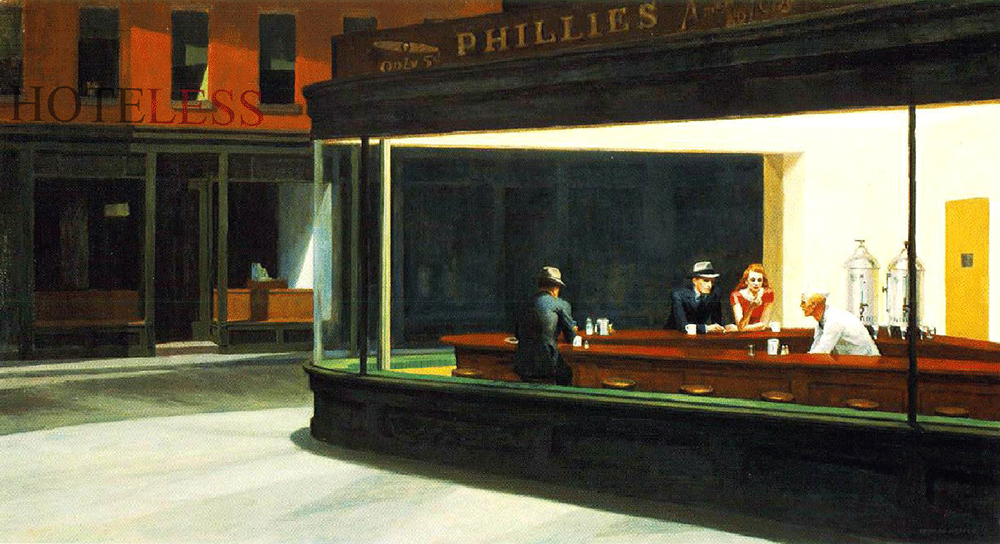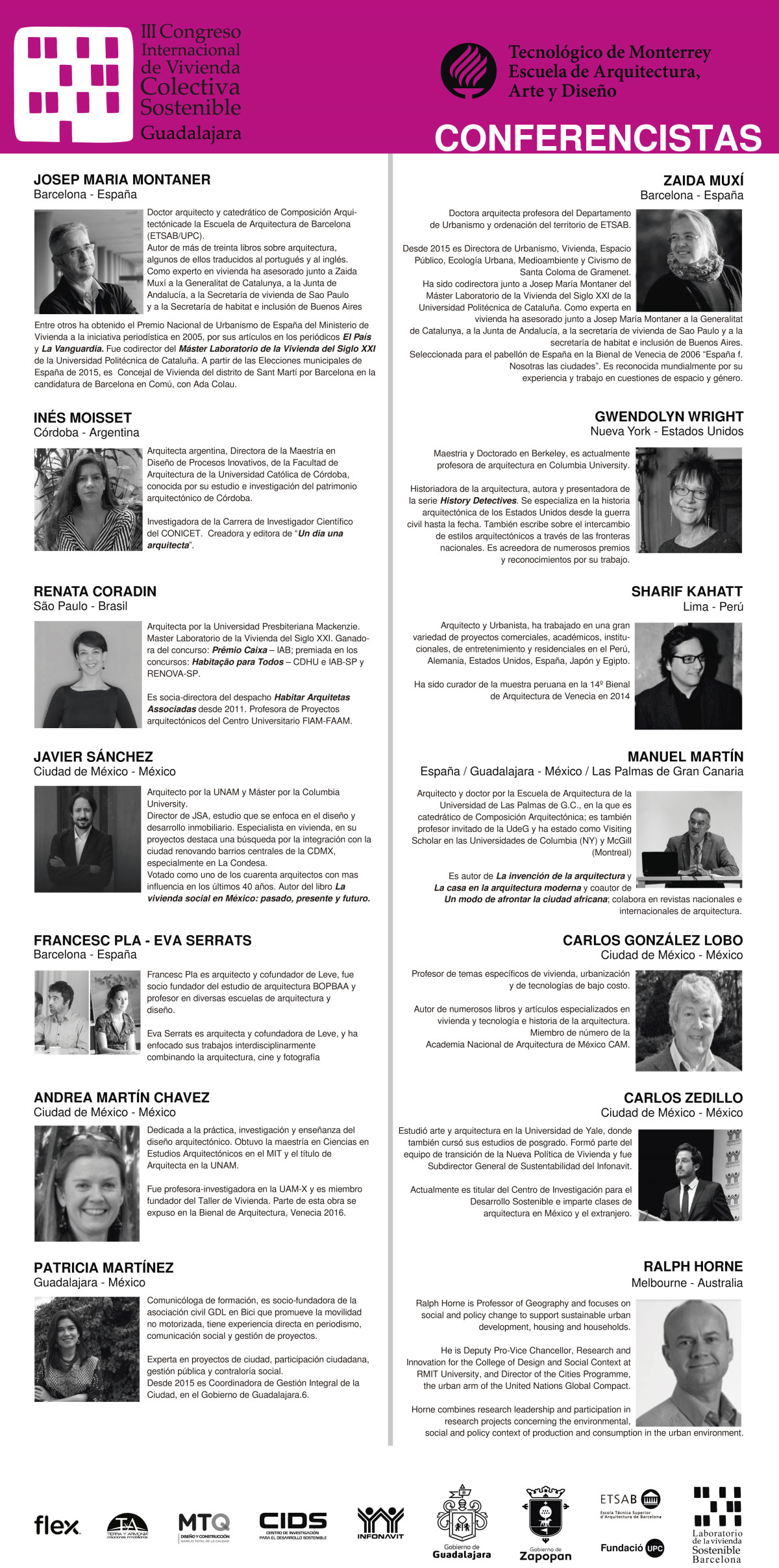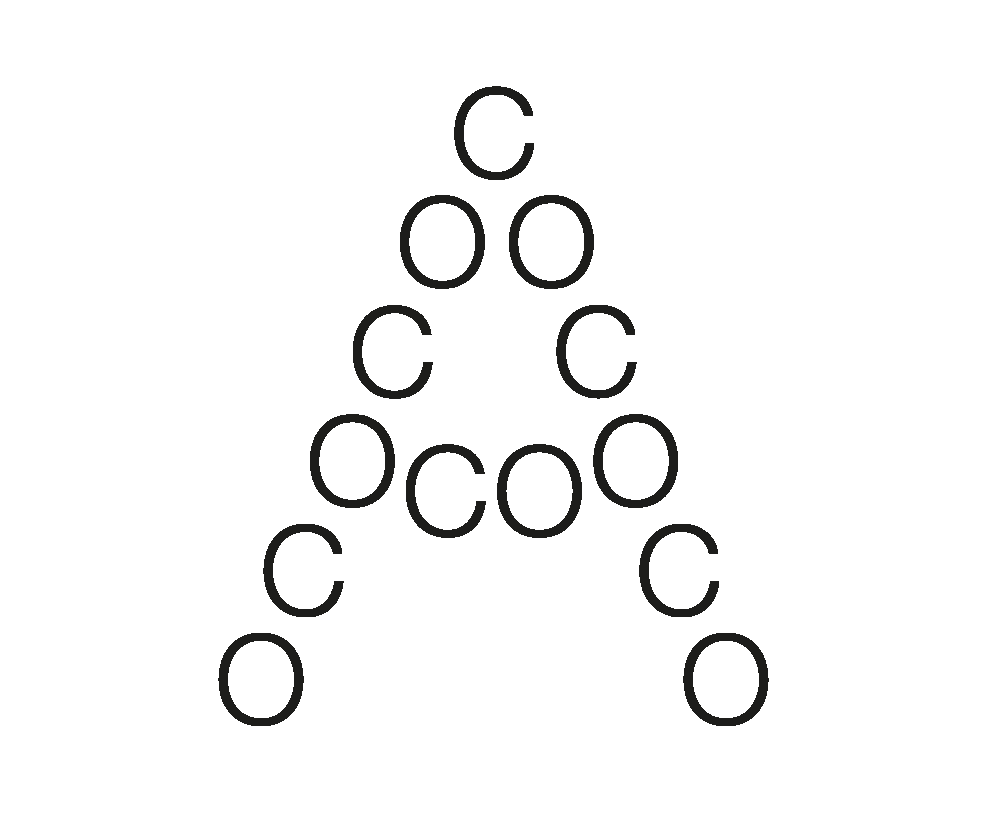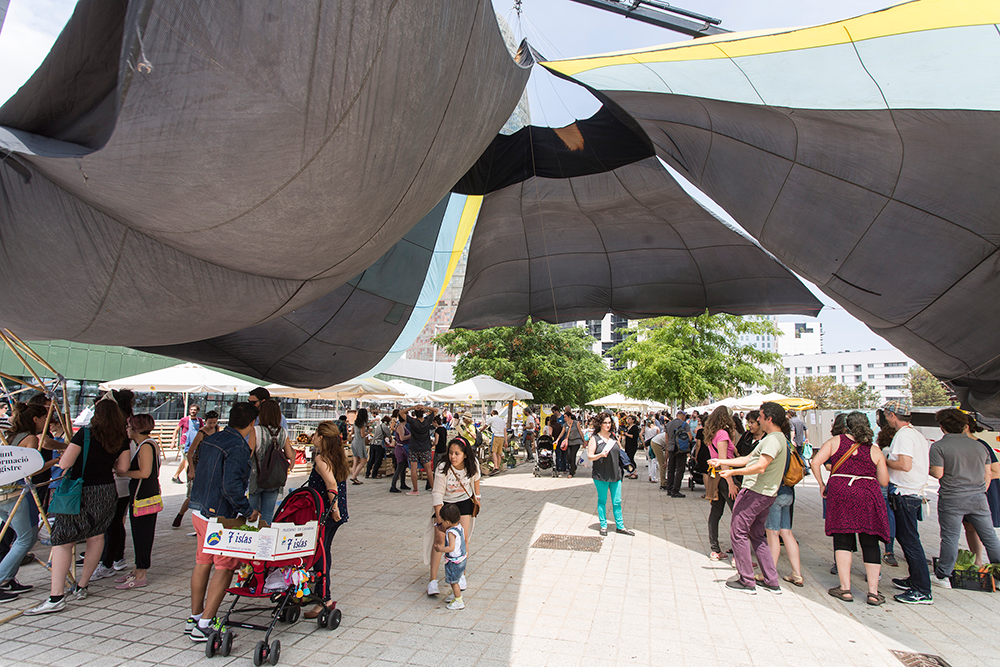For the III International Congress on Sustainable Collective Housing, being Sustainable Collective Housing a concept that has been formed through adjectival aggregation and us being a team that works from a project-based standpoint, we propose our contribution be describing specific cases: projects that have led us to consider what today’s spaces for collective life could be like.
First of all, we will look at three projects that took place more or less simultaneously, which each tackled a view of housing in terms of collectivity and sustainability. The goal is to start by translating the terms that will allow us to tackle this topic into our own vocabulary, which is that which comes from formulating and developing declarations, which are desires in search of a way to become reality.
Secondly, three examples of sustainable collective housing projects developed through activism, teaching and professional commission, respectively.
After reviewing these three concepts, Sustainable + Collective + Housing, we understand that what we’re talking about is “living together in the same world”. Let’s talk, then, of Architecture of Domestic Co-existence, between people and the environment.
We’ve always lived together, in caves, homes, settlements, neighbourhoods and cities, without having or needing any sort of project. Only specific communities, like religious ones, lived collectively under an architectural model of co-existence. Until industrialisation and the need to house many people with few resources and less time.
With this, we’ve experienced the debate on how semi-public spaces are handled, the wide variety of types, how they adapt over time, the character that, given its architectural dimension, housing confers on the city. But collecting housing, as an architectural project of life as a collective, consists in designing conditions to co-exist.





